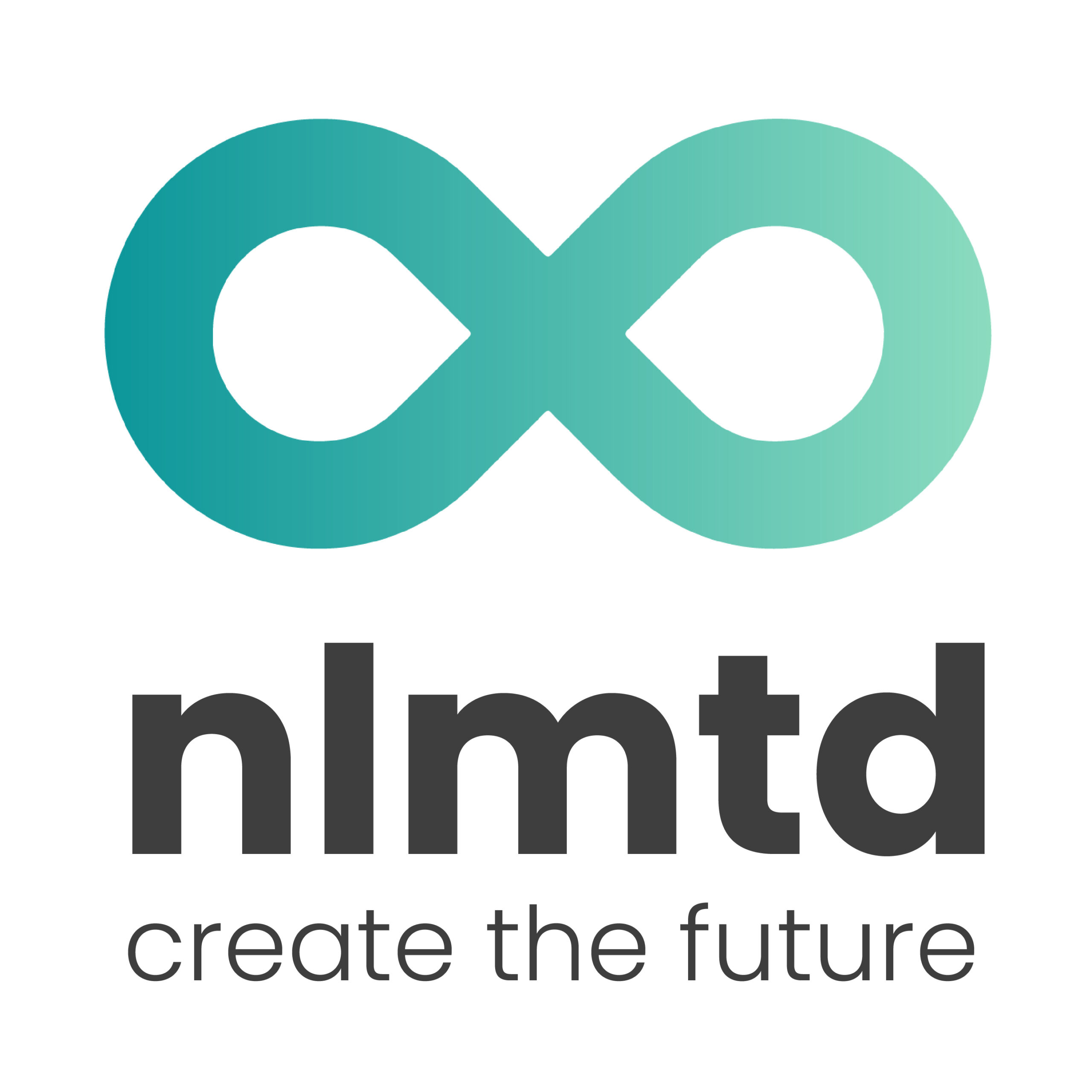
Korik Alons
Co-founder
Korik Alons is an expert in strategy development and execution. He has a background in applied mathematics and business administration and serves as a partner at nlmtd. Korik has 10 to 15 years of experience as a strategist and consultant for various organizations, both nationally and internationally, with a strong track record. He is also an experienced program manager with a deep passion for sustainability and innovation.
Share this article
Data and AI are playing an increasingly important role in accelerating the energy transition. The Port of Rotterdam shows how this works in practice, and what other companies can learn from it.
The sustainability of industrial clusters is a complex puzzle. Planning and building new energy infrastructure, such as grid reinforcement, district heating, or hydrogen plants, quickly involves timelines of ten years or more. Add to that the challenges of grid congestion, limited space, and restricted cable capacity. This cocktail of obstacles forces companies and governments to collaborate much more smartly and efficiently.
Data and AI have proven to be indispensable building blocks in this process. Not as hype or buzzwords, but as concrete tools to gain insight into energy flows, seize opportunities, and mitigate risks. In the Port of Rotterdam, this is already being implemented.
How Data Speeds Up Sustainability in the Port of Rotterdam
“The Port of Rotterdam accounts for around 15 percent of the Netherlands’ CO₂ emissions. Making the industry in this area more sustainable is therefore not only our ambition, but also our responsibility,” says Douwe van der Stroom, who is responsible for digital innovations at the Port of Rotterdam Authority. The energy transition affects the port on multiple fronts. The most visible are investments in physical infrastructure, such as hydrogen pipelines, district heating networks, and CO₂ capture. But beneath the surface, critical pieces of the puzzle must also be put in place. “This is about data and digitalization, which allow us to design that physical infrastructure more intelligently,” Van der Stroom explains.
The Port of Rotterdam deliberately chose years ago to use data as an accelerator, not only for its own operations, but above all to help industrial customers accelerate their sustainability efforts. “The energy challenges they face are often large and complex. As a port authority, we may not own factories or power plants, but we do play a role as a facilitator. Please think of us as the good landlord who creates the right conditions to drive sustainability forward”.
Collaboration Without Competitive Risks
Aligning infrastructure with future sustainability plans requires clear insights, especially when it comes to the long-term strategies of industrial companies. The challenge: such data is often sensitive. Data Safehouse Netherlands offers a solution. “We collect data on how and when companies plan to decarbonize and make it available to grid operators and governments. This allows them to plan infrastructure investments in time,” explains Niek de Jong. Rotterdam served as a testing ground. According to De Jong, the strength lies in the pragmatic approach: start small, learn, and then scale up. The need for this solution is clear. “The infrastructure required for the energy transition, such as additional electricity cables, hydrogen pipelines, and CO₂ storage, takes years to prepare. But to make those plans, you need solid insights into the strategies of companies. For instance: when will they switch to hydrogen, and when will they commission an electrolyzer? That information simply wasn’t available at the national level. And because it’s commercially sensitive, companies are not quick to share it. That’s why the Data Safehouse was set up, as an independent foundation. Trust and good governance are crucial. We ensure that the data remain protected and are only used for their intended purpose: accelerating the energy transition.”
From Vision to Realit
But what does this look like in practice? The best way to explain is through an example. In collaboration with nlmtd and BIT, a virtual energy system was recently developed—a digital prototype that maps out the effects of sustainability measures in the port area. “What happens, for instance, if a factory shuts down? What are the consequences of adding extra wind turbines or batteries? And how do peaks and troughs in energy demand impact the infrastructure? Visualizing this makes a huge difference,” says Van der Stroom. “By making scenarios tangible, we can bring stakeholders in the port area on board more quickly with the intended transition. A prototype like this shows in concrete terms how data and AI contribute to the energy transition.” Port of Rotterdam is now working on the next step: a minimum viable product (MVP) that can be used by more than 150 companies in the port area.
This example shows how AI and data support planning and insight. But there are also use cases in optimization. Consider shifting peak loads or balancing energy demand and supply among companies within a cluster. This enables better utilization of existing power grids and ensures that grid congestion is no longer a showstopper. The experiences from Rotterdam are now being applied on a broader scale. What started as a regional collaboration has grown into a national approach through Data Safehouse Netherlands (see box). Similar data initiatives have now been launched across all six Dutch industrial clusters.
Collaboration as a Crucial Factor
Putting data into practice. At nlmtd, they see that many companies struggle with this. The consultancy helps organizations become future-proof and accelerate transitions through co-creation. According to Korik Alons of nlmtd, collaboration is the key, something clearly illustrated by the experiences in the Port of Rotterdam. “As a company, you are dealing with complex systems that you cannot fully oversee or influence on your own. That’s why we work in ecosystems: clusters of companies, grid operators, and governments moving forward together. After all, the energy transition affects entire value chains, not just individual companies.”
A good example of such collaboration is the Grid Congestion Map, which nlmtd developed together with grid operators. “It shows where the bottlenecks are and where there is still capacity. This enables both companies and policymakers to make better decisions.” According to Alons, the best approach is to start small. “We work iteratively: first setting up a pilot and then gradually expanding it. That way, you build support, learn along the way, and create solutions that really work.”
There are also more valuable lessons for companies and clusters that tackle their energy challenges with data. “Start small, but make it concrete,” says Alons. “A prototype or pilot quickly generates insight and helps bring internal and external stakeholders on board. Ensure good governance: clear agreements on data use and protection are essential to enable collaboration. And finally, stay pragmatic. Be careful with big words – take concrete steps instead, and aim for continuous improvement.”
Faster Forward, Together
The energy transition calls for acceleration. Data is proving to be of immense value. “Ultimately, it’s about impact,” says Van der Stroom. “Data and AI help us substantiate decisions, make scenarios transparent, and act faster. That is exactly what the energy transition is waiting for. Data and the use of AI support us in this – not as an end in themselves, but as indispensable accelerators.”





